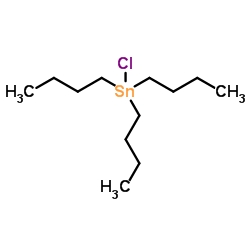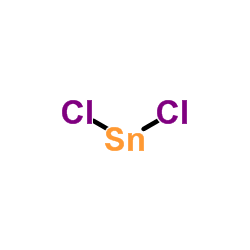| Structure | Name/CAS No. | Articles |
|---|---|---|
 |
sodiumborohydride
CAS:16940-66-2 |
|
 |
N-hexane
CAS:110-54-3 |
|
 |
Chlorotributyltin
CAS:1461-22-9 |
|
 |
Tin(II) chloride
CAS:7772-99-8 |